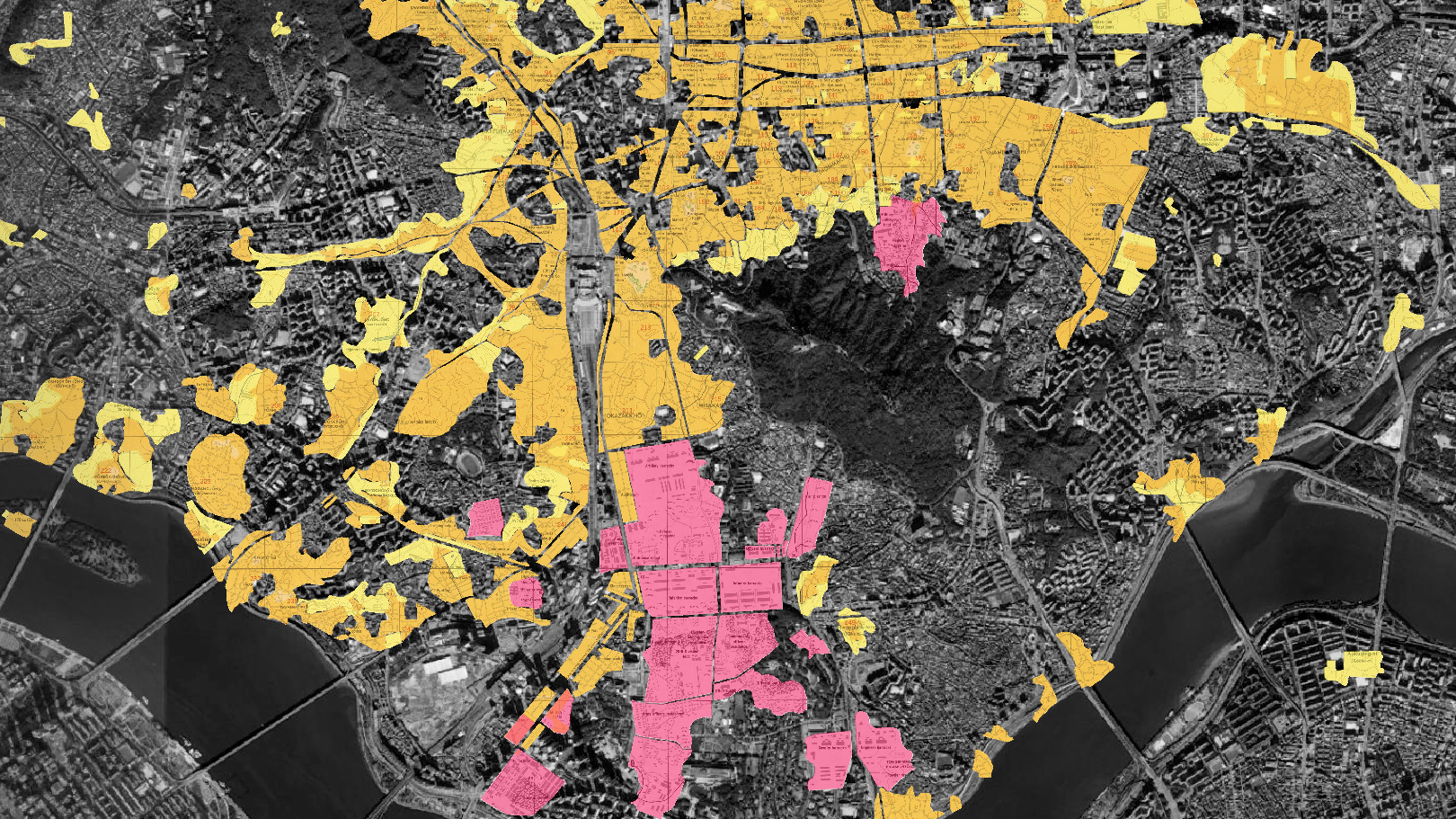introductory excerpt
In 1989, New York City Mayor Ed Koch signed Executive Order No. 124 to prohibit city officials from disclosing a person’s immigration status with federal authorities, marking the city’s first sanctuary policy. Since then, the executive order has been endorsed by subsequent mayors and New York City has stood stalwart in its sanctuary status during the Trump administration’s attack on immigrant communities.
However, as more than 125,000 migrants have arrived in the city since April 2022, Mayor Eric Adams has been the first to break from New York City’s commitment to its politics of sanctuary, decrying that the current wave of migrants “will destroy New York City” during a town hall meeting and applying to rescind the right-to-shelter consent decree, which obligates the city to shelter the incoming immigrants with public resources (Meko 2023). In framing the ‘Migrant Crisis’ as a threat to the integrity of the city, Adams is rewriting the city’s discursive commitment to welcoming immigrants, thereby redefining citizenship and belonging in the United States.
Drawing from the intersection of governance, citizenship, and feminist geopolitics, this essay uses the principal concept of borderlands as interstitial sites that both embody and undermine territorialized state powers and destabilize binary distinctions between the core and the periphery to examine the contestations of nation-building in sanctuary cities in the United States (Hämäläinen & Truett 2011).
illustration by daniela perleche ugas
I argue that sanctuary cities are discursive and physical borderlands where the federal government, municipalities, politicians, and immigrants negotiate claims to citizenship. As mainstream discourse tends to position immigrants as pawns in the contestation between federal and local governance, I concur that multiple political actors exploit the rhetoric of sanctuary to define and control immigrant bodies, making immigrant bodies a spectacularized site where governance is heavily, often violently asserted. However, I further argue that the contestation between state powers creates a fluid, interstitial space for the physical occupation of immigrants. It is this presence and visibility of immigrants, particularly undocumented immigrants, which subverts all attempts of delineation and control by nation and local states and undermines hegemonic claims of governance.
To argue these points, I trace the development of key sanctuary policies from the Sanctuary Movement in the 1980s to the Trump administration in the late-2010s. I specifically examine the slippage and dialectic relationship between political rhetoric and the lived reality of sanctuary and immigrants’ de facto citizenship in New York City (Kuge 2020). Ultimately, I attempt to demonstrate that Mayor Adams’ seeming break from the city’s pro-immigrant identity is, in fact, consistent with how state powers have always performed their capacity for governance when confronted by visible threats to their hegemony.
theory-based critique | Columbia GSAPP | FALL 2023 | HISTORY & THEORY | Professor HIBA BOU AKAR





